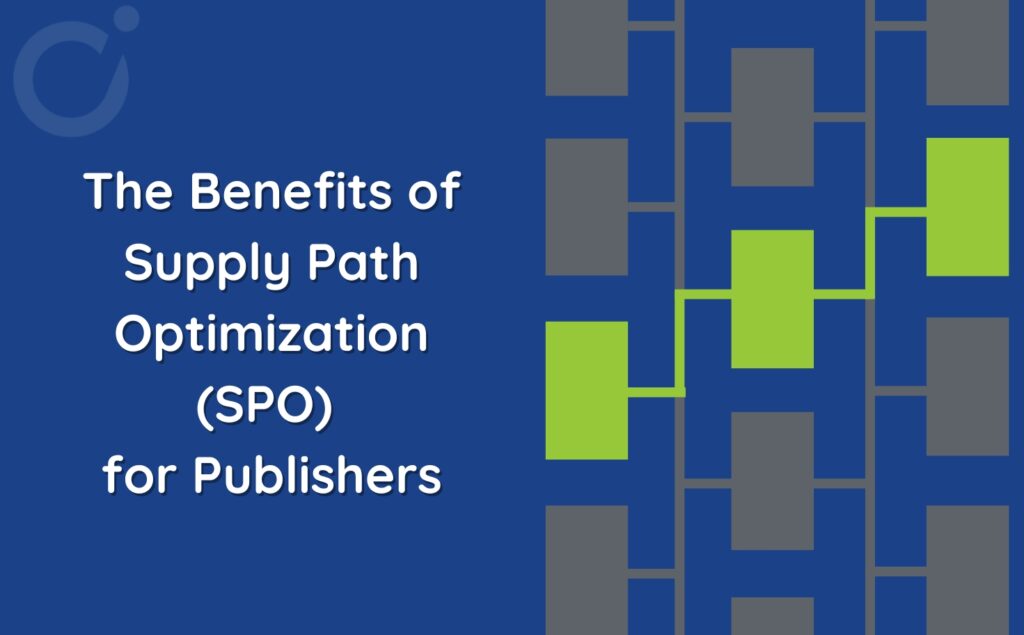In September, Opti Digital had the pleasure of attending two key events in the digital Media Publishing and AdTech industries, an opportunity to take stock of current online advertising trends and topics keeping the sector on its toes.
I- Privacy Sandbox: The end of cookies is getting closer
The impending demise of cookies, coupled with the release of Google Privacy Sandbox, marks a pivotal moment in the digital landscape. As we grapple with the loss of control over profiling and identification, early adopters of Privacy Sandbox at Dmexco have been sharing their insights and thoughts on the matter. Google’s recent launch of APIs for 100% of Chrome users has given the industry approximately one year to prepare for the end of third-party cookies by Q1 2024. Additionally, we are just a few months away from witnessing a 1% depreciation in Chrome traffic due to cookies. While these developments are a step in the right direction in terms of protecting users’ privacy, many questions remain unanswered as to the effectiveness of alternative solutions.
Here are three key points for publishers to consider:
- Begin testing immediately and continue through early 2024 to observe how APIs interact and function together.
- Avoid depending solely on Google APIs; instead, complement it with other strategies like using alternative IDs and contextual advertising.
- Ensure that you have reliable partners capable of building and updating monetization solutions in alignment with the evolving industry changes.
At Opti Digital, we’re keeping a close eye on this topic, and are preparing to carry out comprehensive tests over the coming months.
II- Supply Chain: Market players call for greater transparency
In today’s complex business landscape, supply chain transparency has become paramount. It involves creating an environment of trust where all stakeholders feel confident that they are receiving fair and honest information. Recent updates to Europe’s ads.txt and sellers.json files emphasize this commitment, clarifying the roles of each player in the supply chain, especially intermediaries.
The benefits of supply path transparency are twofold: it enhances brand safety for advertisers by allowing them to blacklist non-compliant partners, and it reduces ad fraud by ensuring that ads are exclusively displayed on legitimate websites.
By June 2023, the programmatic advertising market was estimated at $88 billion worldwide. However, according to a study released this year by the Association of National Advertisers, 15% of recorded spending goes to “Made for Advertising” (MFA) websites. This implies a significant opportunity cost for premium media publishers, who are noticing a revenue gap. Therefore, it’s worth pondering: What is the function of SSPs in recognizing low-quality inventory, and should buyers have the option to blacklist those sites.
A more recent event could also have an impact on certain advertising expenses. Indeed, Google’s advertising operations are now under AdTech industry radar following a recent Adalytics report, which has uncovered Google’s breach of its own guidelines and raised concerns about the transparency of its advertising methods. The report suggests that Google may have provided false information to advertisers concerning the placement and viewability of their video ads on external websites and applications.
III – AI: The tool to unlock new opportunities
It would have been impossible to write a recap of these two industry events without addressing the issue of AI, one of the major trends of the year.
By automating tasks such as content generation and curation, AI enables publishers to increase their efficiency and productivity. In one of the sessions at the Digiday Publishing Summit, Charlotte Owen, editor-in-chief of Bustle Digital Group, explained how publishers are currently using AI as an “augmentation” to their journalistic resources, rather than a replacement. Indeed, it simplifies the content creation process, making it easier for publishers to meet deadlines and maintain a consistent publishing schedule.
Beyond content creation, AI is also a powerful tool for publishers looking to optimize their monetization strategies. AI algorithms can analyze vast amounts of data to identify user behaviors, and monetization opportunities. This data-driven approach helps publishers make informed decisions about ad placements, pricing strategies, and audience targeting. AI not only simplifies the monetization process but also enhances its effectiveness, leading to improved revenue streams.
IV – Sustainability and Quality: An essential combination for optimal and responsible results
Another key topic, which seemed more fashionable in Europe than in the U.S., is the importance of integrating a sustainable strategy into your monetization and content strategy, by giving priority to quality over quantity.
Today, DSPs are no longer the only ones practicing Bid Throttling. Supply-side platforms and now – that’s new – publishers also use powerful technologies to protect their inventory value from bid shading thanks to: traffic shaping and dynamic flooring.
In addition to traffic shaping, Price floors are another effective solution.
In addition to traffic shaping, price floors are another effective solution, enabling publishers to ensure that they don’t display low-quality ads, but only top-quality ones. In addition to protecting their media reputation and limiting their carbon footprint, this type of technology also improves user experience by limiting the advertising pressure.
V – Subscriptions walls: Reconciling subscriptions and online advertising
Since the previous year, the advertising industry has faced a substantial blow due to the economic downturn, particularly impacting the online sector. Publishers experienced a slowdown in their revenue streams, particularly from subscriptions, which had boomed during the pandemic, due to new consumer habits.
To prepare for these changes, publishers need to diversify their revenue streams. At Opti Digital, we recommend that publishers combine a subscription strategy with an advertising monetization strategy. The simplest way to do this is to offer an ad-free or ad-limited (low and pressure) experience to subscribers and display more ads to non-subscribers, while respecting the UX.
At Opti Digital, our teams make sure they are present at major industry events to keep abreast of trends, and develop and update our solutions accordingly. To see how our solutions are aligned with market needs, don’t hesitate to get in touch with one of our experts.






